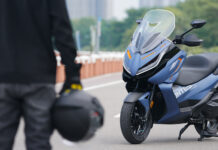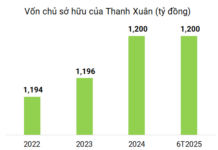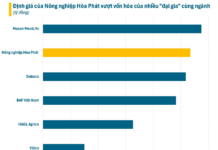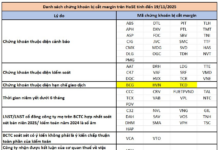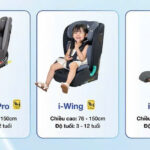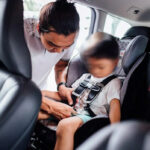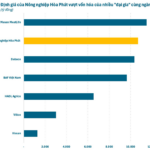In recent days, numerous parents on forums and social media have expressed confusion regarding the regulations on equipping safety devices for children in cars.
Specifically, starting from January 1, 2026, according to Clause 3, Article 10 of the 2024 Road Traffic Order and Safety Law: “When transporting children under 10 years old and under 1.35 meters tall in a car, they must not sit in the same row as the driver, except in vehicles with only one row of seats; the driver must use and guide the use of appropriate safety devices for children.”
In response to this regulation, some have pointed out that the concept of “appropriate safety devices for children” is not clearly defined in the law. Some parents have questioned whether safety devices for children refer to seat belts.

The regulation on appropriate safety devices for children has garnered attention from car owners. (Image: TrendsetterImages)
According to the QCVN 123:2024/BGTVT standard, a child safety device is one that ensures the safety of children in a sitting or lying position in a car, designed to reduce the risk of injury in the event of a collision or sudden deceleration by limiting the movement of the child’s body.
Specifically, child safety devices include the Child Restraint System (CRS) and the Enhanced Child Restraint System (ECRS).
Thus, the safety devices for children specified in the law are not seat belts, as some parents have assumed.

Child safety device in the form of a crib. (Image: Mạnh Hùng)
Mr. Phạm Thanh Lê, administrator of the Otofun community, stated that QCVN 123:2024/BGTVT clearly distinguishes the technical specifications for child safety devices in cars based on age and weight. Therefore, applying this standard is sufficient.
“Child safety seats function similarly to seat belts by keeping children stable in a sitting or lying position during an incident (sudden braking or collision). This helps prevent impact and ensures the child’s safety. Additionally, the seat acts as a cushion, providing comfort and support in case of an accident,” Mr. Lê further shared with VTC News.
The Traffic Police Department has provided several reasons for requiring children under 10 years old and under 1.35 meters tall to use age-appropriate safety devices.
First, for children under 1.35 meters, using the car’s seat belt does not ensure safety in the event of a collision. At that height, the seat belt only reaches the child’s head, which is not safe.
Second, children over 10 years old can listen and understand instructions from parents or adults, but children under 10 are more mischievous and require constant supervision.
Third, holding a child in one’s lap is not safe. During a collision, the child could be thrown out, causing injury. Or, during sudden braking, the child could be pushed forward, posing a danger.
The introduction of this new regulation by authorities is based on extensive research and international standards.
According to Clause 3, Article 6 of Decree 168/2024/NĐ-CP, drivers who fail to use appropriate safety devices for children in cars as prescribed will be fined between 800,000 and 1,000,000 VND.
Breaking News: Traffic Police Department Issues Urgent Update on Critical Road Safety Concerns Affecting Millions of Commuters
The critical issue at hand revolves around child safety seats in vehicles. Ensuring the proper use of these seats is paramount to protecting young passengers during travel. This concern highlights the need for awareness, education, and adherence to safety standards to safeguard children on the road.




